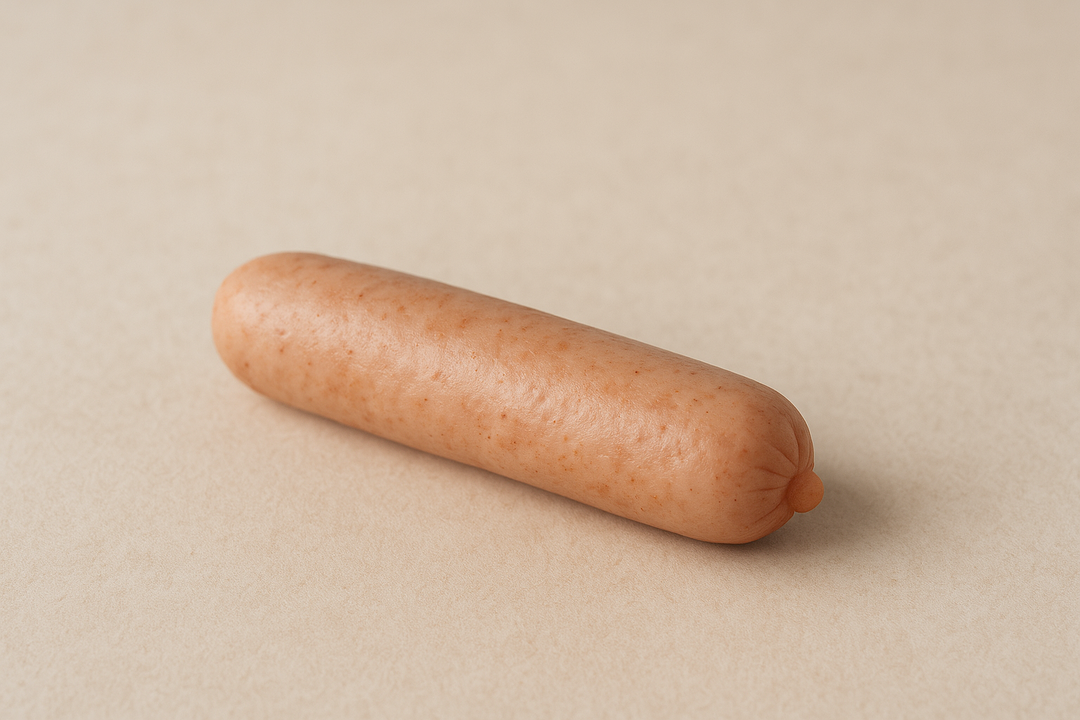Understanding what is considered a big penis requires looking beyond societal myths and focusing on scientific data. A penis is generally deemed big if it measures 6.3 inches or longer, placing it in the top 5% of size distribution. This knowledge helps dispel misconceptions and promotes a healthier self-image.
The topic of penis size has long been a subject of curiosity and concern, with significant cultural and psychological implications. It’s a topic that is often shrouded in mystery, laden with misconceptions, and intensified by societal pressures. From locker room banter to the portrayal in media, the perception of what constitutes a “big” penis is often distorted, leading many to question their own measurements against an often unrealistic standard.
Understanding Cultural and Psychological Significance
In many cultures, penis size is erroneously linked to masculinity, virility, and even self-worth. This has fostered a widespread belief that bigger is inherently better, a notion perpetuated by media representations and societal myths. However, these perceptions are not only misleading but can also have detrimental effects on mental health, leading to anxiety and insecurity.
The pressure to conform to these ideals can result in a skewed understanding of what is considered normal or average. Many individuals find themselves comparing their size to an exaggerated benchmark, often derived from unreliable sources or personal anecdotes rather than scientific data. This can lead to unnecessary stress and a negative impact on self-esteem and relationships.
Objective of the Blog Post
The objective of this blog post is to demystify these misconceptions by presenting factual data and scientific insights. By providing a clear understanding of what is considered a big penis, we aim to dispel myths and offer reassurance to those who may feel inadequate based on unfounded beliefs. It’s crucial to differentiate between myth and fact, as doing so can significantly enhance personal confidence and contribute to overall mental well-being.
Through this exploration, we will highlight the importance of relying on scientific measurements and studies that offer a realistic portrayal of average sizes. By doing so, we hope to foster a healthier conversation around penis size, one that is rooted in fact rather than fiction, and to encourage a more positive body image and self-acceptance.
When exploring the question of what is considered a big penis, it is crucial to ground our understanding in scientific studies and factual data. This approach not only provides clarity but also helps dispel common myths that contribute to unnecessary anxiety and misconceptions.
Scientific Measurements and Averages
According to comprehensive studies that rely on medical measurements rather than self-reported data, the average erect penis size ranges from 5.1 to 5.5 inches (13 to 14 cm), with an average of approximately 5.16 inches (13.12 cm). These studies highlight the importance of using precise measurement techniques to ensure accuracy, as self-reported sizes are often inflated due to personal bias and societal pressures.
Defining What Is Considered Big
In scientific terms, a penis is generally considered “big” if it falls above the 95th percentile of erect length. This equates to a length of 6.3 inches (16 cm) or longer, placing it in the top 5% of size distribution. To better illustrate this, consider a table that shows the distribution of penis sizes and highlights where the 95th percentile falls:
| Percentile |
Erect Length (inches) |
| 50th (Average) |
5.16 |
| 75th |
5.8 |
| 95th |
6.3 |
Common Misconceptions and Their Impact
Many people overestimate what constitutes an average penis size, often believing it to be 6 inches or more. This misconception is largely fueled by media portrayals, particularly in pornography, where exaggerated sizes are the norm. Such portrayals contribute to unrealistic expectations and can negatively affect self-esteem and intimate relationships.
The gap between perceived and actual average sizes can lead to feelings of inadequacy and anxiety. Understanding the factual data can help mitigate these feelings by providing a more realistic benchmark for comparison.
Regional Variations in Size
While there are some regional variations in average penis sizes, these differences tend to be minimal. For instance, some studies suggest slightly larger averages in certain geographic regions, such as the Americas. However, these variations are relatively small and should not be overemphasized without further comprehensive research to provide context.
In conclusion, understanding what is considered a big penis involves looking beyond societal myths and focusing on scientific data. By recognizing the average sizes and the criteria for what is deemed “big,” individuals can foster a healthier self-image and improve their mental well-being. This knowledge is a step towards promoting body positivity and dispelling the myths that often cloud this subject.
In the conversation about what is considered a big penis, it’s essential to explore the psychological and health aspects tied to these perceptions. Concerns about penis size can profoundly impact self-esteem and mental health, often leading to unnecessary stress and anxiety. Understanding the factual data can help alleviate these concerns and promote a healthier self-image.
Health and Psychological Aspects
Many men experience anxiety over their penis size due to societal pressures and unrealistic standards set by media portrayals. These concerns can lead to body dysmorphic disorder, where individuals perceive their body differently from how it actually is. Such worries are often unfounded, given that the average erect penis size is between 5.1 to 5.5 inches (13 to 14 cm), with a size of 6.3 inches (16 cm) or longer being considered big.
For those who feel distressed about their size, counseling and education about average sizes can be more beneficial than considering surgical interventions. Surgery carries significant risks and is often unnecessary. Instead, fostering body positivity and accepting one’s natural size can lead to improved mental well-being and confidence.
Concluding Thoughts
Understanding the realities of average penis sizes and what is considered big can help dispel myths and reduce unnecessary anxieties. By focusing on factual data, individuals can better appreciate their bodies and foster a positive self-image. It’s important to remember that personal worth and masculinity are not determined by size but by confidence and self-assurance.
Frequently Asked Questions
What is the average penis size?
The average erect penis size ranges from 5.1 to 5.5 inches (13 to 14 cm), with an average of about 5.16 inches (13.12 cm).
What size is considered big?
A penis size of 6.3 inches (16 cm) or longer is considered big, as it falls into the top 5% of size distribution.
Are there significant regional differences in penis size?
While there are minor regional variations, the differences are relatively small and not significant enough to generalize.
How accurate are self-reported measurements?
Self-reported measurements tend to be less reliable due to overestimation and bias, which is why scientific studies rely on medical measurements.
Is surgery a recommended option for those concerned about size?
Surgery is generally not recommended due to the risks involved; counseling and factual education are often more effective solutions.




